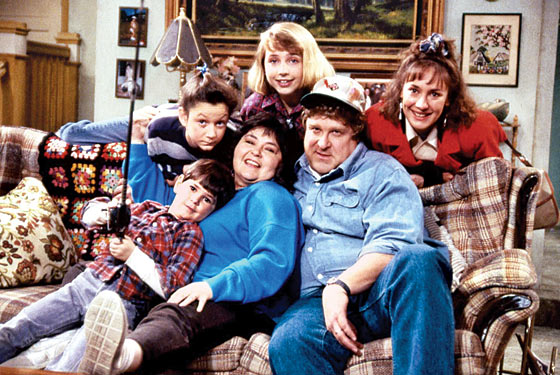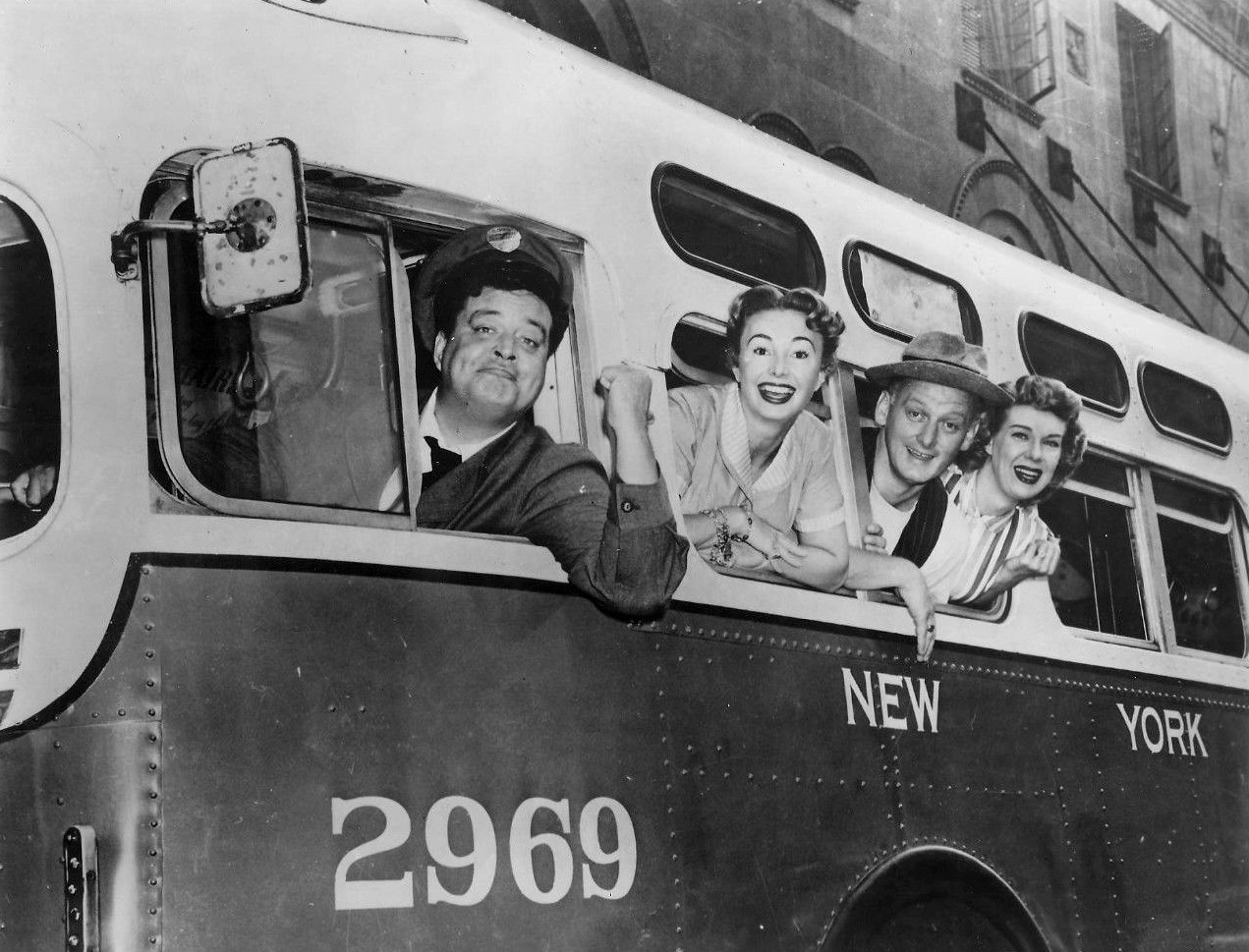 |
Craig White's Literature Courses Situation Comedy see also Comic Theory, Comedy |
 |
Wikipedia page on "Sitcom": a genre of comedy that features characters sharing the same common environment [i.e., situation], such as a home or workplace, with often humorous dialogue.
Collins English Dictionary: a comedy series involving the same characters in various day-to-day situations which are developed as separate stories for each episode Also called sitcom.
Webster's: a television or radio series made up of independent episodes depicting the comic adventures of a fixed group of characters. ()
Situation comedy narratives generally centre on the middle-class home, and are usually characterised by episodic structure from week to week. In the Sit Com there is an emphasis on repetition and forestalling of closure in terms of the series as a whole. Characters do not learn or develop across episodes. Situation comedies also tend to be set in clearly defined settings, with a limited range of characters, and a fair degree of emphasis on characters-as-stereotypes: this places the Situation comedy close to the Soap Opera, (especially if there is further emphasis on emotional interrelationship). (http://www.glyndwr.ac.uk/rdover/med-stud/situatio.htm)
See also theories of comedy.
Examples of Situation Comedies:
1950s: I Love Lucy
1960s: The Dick Van Dyke Show, The Addams Family, The Munsters, The Beverly Hillbillies, Green Acres, The Andy Griffith Show
1970s: The Brady Bunch, All in the Family, The Mary Tyler Moore Show, Laverne and Shirley,
1980s: The Cosby Show, Roseanne, Seinfeld, Everybody Loves Raymond, The Golden Girls, The Simpsons,
1990s: That 70s Show, Home Improvement, Fresh Prince of Bel-Air, South Park, Friends,
2000s: Scrubs, 30 Rock, The Office, Modern Family, Parks and Recreation, 2 Broke Girls
![]()
Historical Precedents for Situation Comedy
"Sentimental Comedy" & New Attic Comedy
![]()
Oliver
Goldsmith, "A Comparison between Laughing and Sentimental Comedy."
(1765)
If we apply to authorities, all the great masters in the dramatic art
have but one opinion. Their rule
is, that as tragedy displays the
calamities of the great, so comedy should excite our laughter, by ridiculously
exhibiting the follies of the lower part of mankind.
Boileau, one of the best of modern critics, asserts that comedy
will not admit of tragic distress. . . .
When tragedy exhibits to us
some great man fallen from his height, and struggling with want and adversity, we
feel his situation in the same manner as we suppose he himself must feel,
and our pity is increased in proportion to the height from whence he fell.
On the contrary, we do not so
strongly sympathize with one born in humbler circumstances, and encountering
accidental distress . . . . The
one has our pity; the other our contempt. Distress,
therefore, is the proper object of tragedy, since the great excite our pity by
their fall; but not equally so of comedy, since the actors employed in it are
originally so mean [i. e., low or foolish], that they sink but little by their
fall. . . .
Yet notwithstanding this weight of authority, and the universal practice
of former ages, a new species of dramatic composition has been introduced under
the name of sentimental
comedy [compare to TV
"situation comedies" or "sitcoms"], in which the virtues
of private life are exhibited, rather than the vices exposed, and the distresses
rather than the faults of mankind make our interest in the piece.
These comedies have had of late great success, perhaps from their
novelty, and also from their flattering every man in his favourite foible.
In these plays almost all the characters are good, and exceedingly generous; . . .
[they] have abundance of sentiment and feeling. If they happen to have faults or foibles, the spectator is
taught not only to pardon, but to applaud them, in consideration of the goodness
of their hearts . . . .
![]()
See also New Attic Comedy, mentioned in Nietzsche's Birth of Tragedy, ch. 11.
55
New Attic Comedy:
In
The New Comedy (lasting from death of Alexander the Great in 323 BC till 260 BC) is more like "situation comedies" (a.k.a. "sitcoms"; e.g., Two and a Half Men, 30 Rock, How I Met Your Mother) in being more realistic and domestic, less controversial.
Nietzsche compares
this change to the change in tragedy from the heroic and mythical Aeschylus and
Sophocles to the realistic and rational Euripides.

Roseanne (1988-97): notable as a working-class instead of middle-class
sitcom;
cf. The Honeymooners (1955-6; see below) & The King of
Queens (1998-2007)
